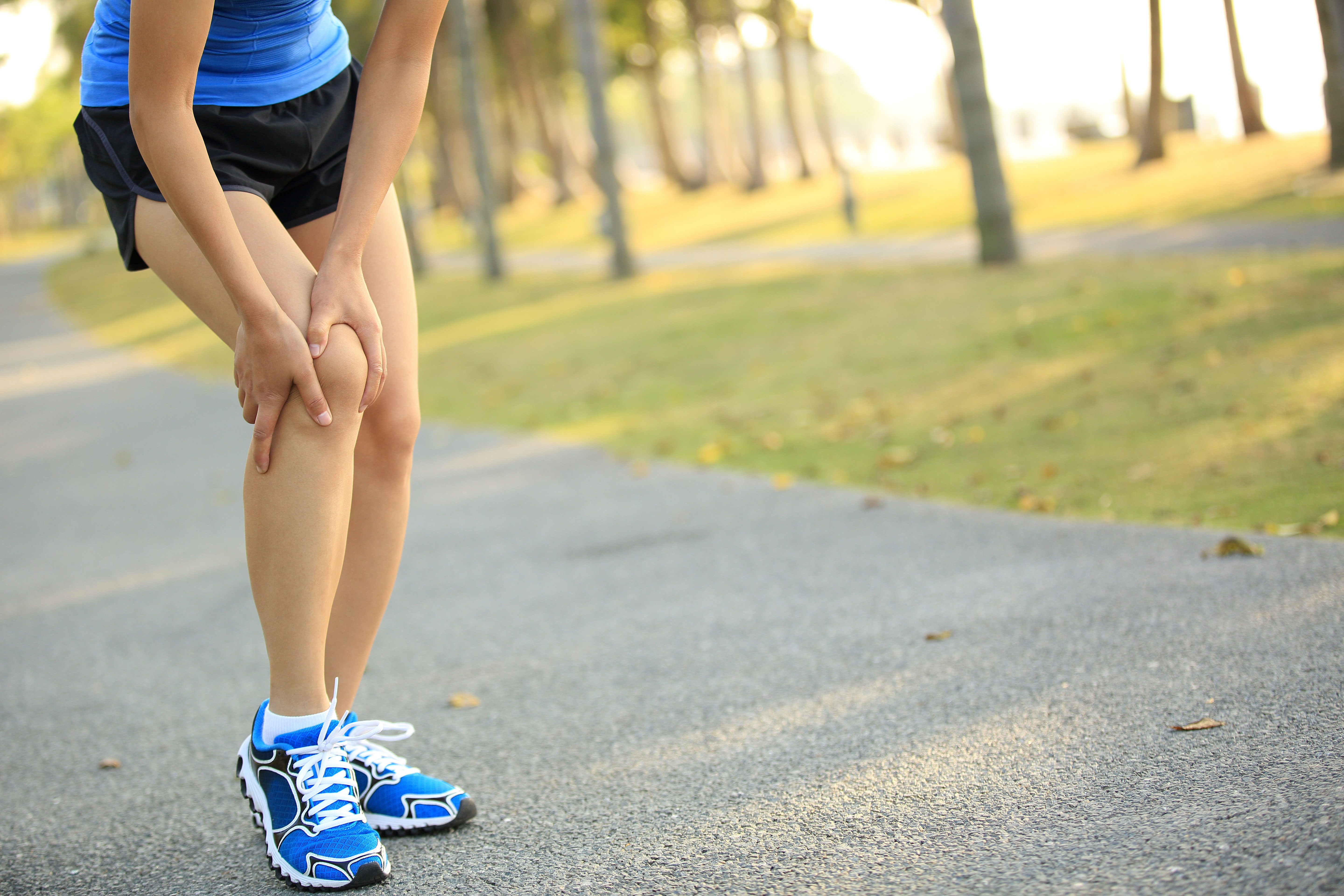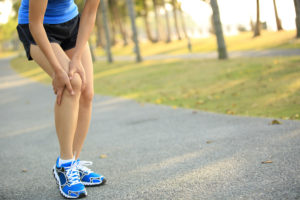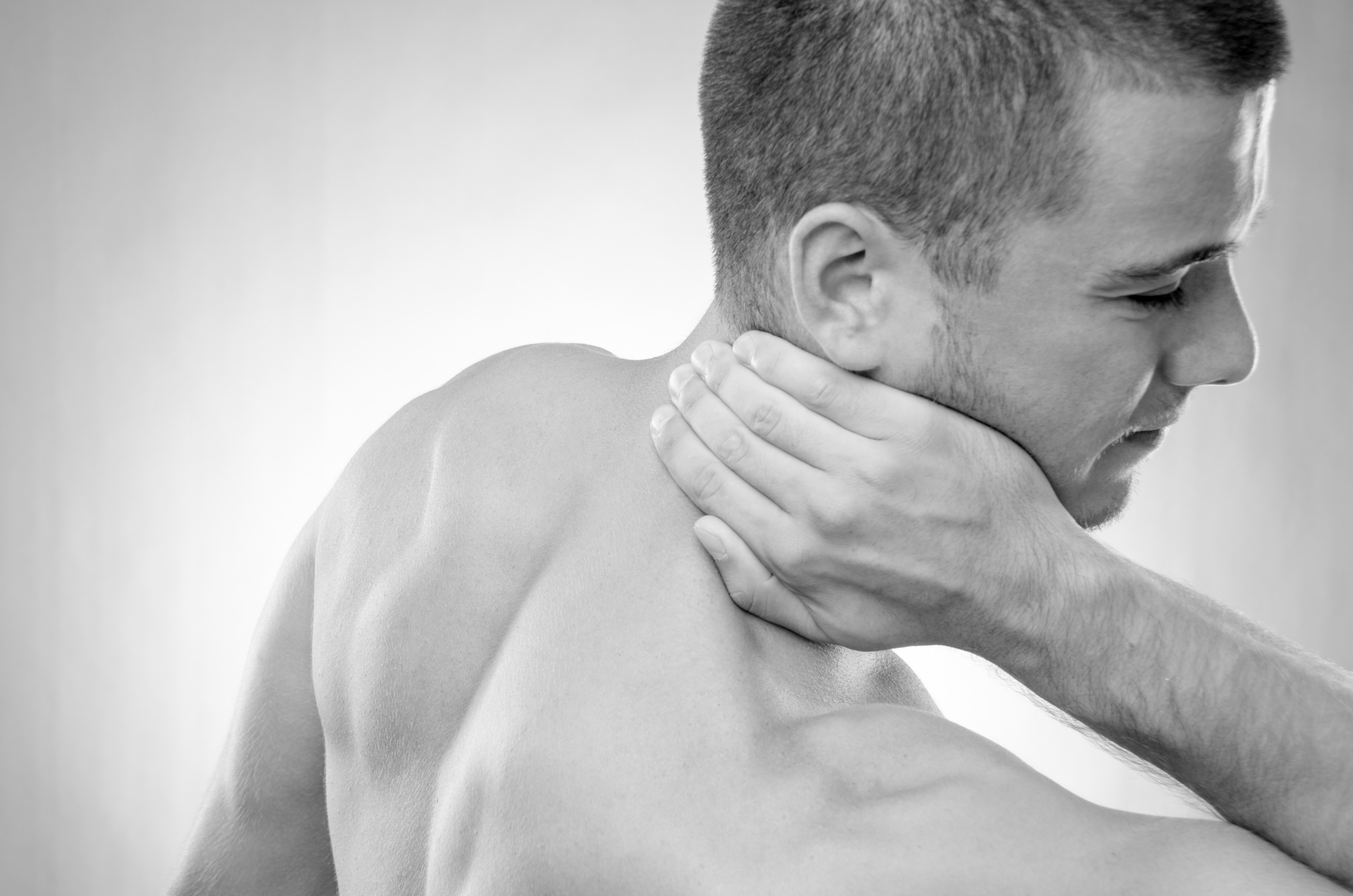
 Knee pain is a common condition we see as Sports Chiropractors. Knee pain categorized as traumatic and non-traumatic, with the latter being the most common type we see. We can further break non-traumatic knee pain down into 2 categories: functional and structural.
Knee pain is a common condition we see as Sports Chiropractors. Knee pain categorized as traumatic and non-traumatic, with the latter being the most common type we see. We can further break non-traumatic knee pain down into 2 categories: functional and structural.
- Functional knee pain is the most common type of knee pain we see. With this kind of knee pain there is no structural damage, meaning there is something else causing it.
- Structural knee pain we see less often, where there is some damage to the knee itself. However, there is often altered function which will cause structural damage. This is similar to the alignment of the car being off, and eventually the tires will wear uneven and cause a problem.
The most common knee conditions we see are:
- IT Band syndrome- Located at the outside of the knee, described as a sharp pain, often sudden onset.
- Patellar tendinopathy- Located below the knee cap, described as a dull achy pain, most common is an overuse injury.
- Bursitis- Located most common on the inside of the knee, described also as a sharp pain but can also be achy. It may or may not be swollen.
- Patello-femoral syndrome- Vague pain on top or under the knee cap
- Structural knee pain can be caused from ligament sprains or from meniscus tears
Risk factors for knee pain:
- Overuse or repetitive motions
- Excess weight
- Improper biomechanics
Biomechanical causes of functional knee pain are:
- Weakness in the hip muscles: Glute medius and maximus
- Lack of mobility of the ankle: ankle dorsiflexion
- Lack of range of motion at the hip: hip internal rotation
- Lack of stability in the ankle: unable to control ankle pronation
- Lack of knee mobility: tibial internal rotation
The best treatment for knee pain is to find the underlying cause. However these are some other treatments for knee pain.
Treatment for knee pain:
- Active Release Therapy
- Graston Technique
- Taping
- Cold laser
- Ice if swelling is present or heat otherwise
- Rehab exercises
Please seek immediate medical attention if you have knee pain at night, swelling and/or warmness, significant loss of range of motion, inability to walk, or significant pain in both knees.

